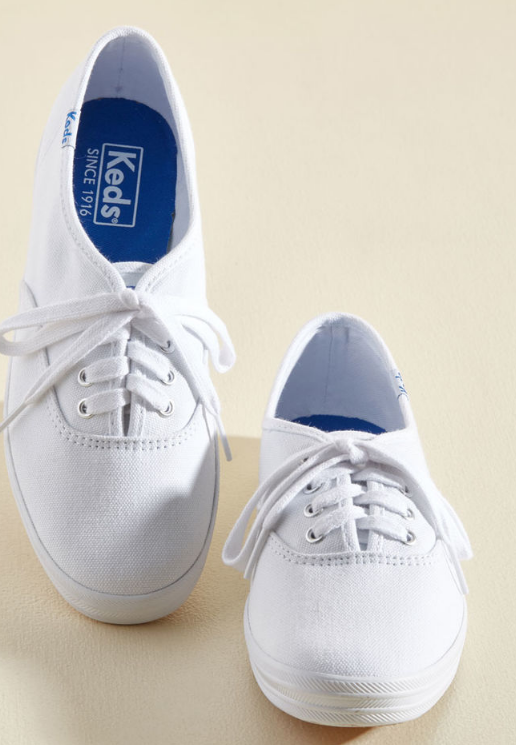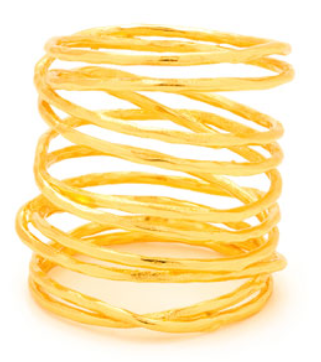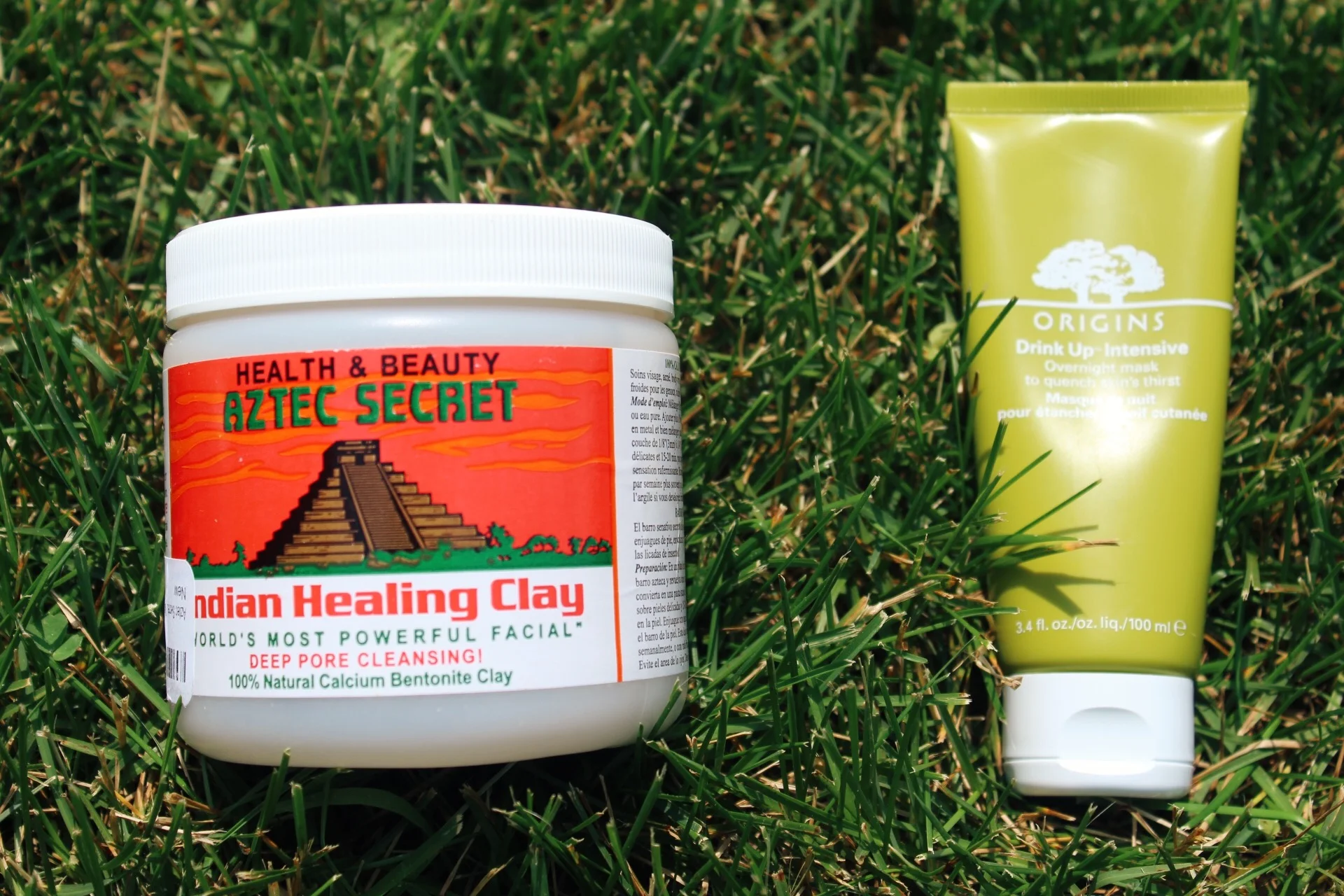For those who want to pursuit photography, and are just starting out, I envy you. My first few months of exploring photography were perhaps the most visually exciting times, constantly learning new ways to manipulate images and settings to create my own vision. I still get drawn into the camera, but that first photo-shoot in a small suburban park called Clay Pit creek gave me a distinct fascination with the amount of control you have over the image's emotion. A park that normally bored me, that I viewed as nothing more than a local stoner hub and dog-walker esplanade transformed into an ethereal and colorful natural haven. For me, it's always been about the feeling and the mood a photo can provide. No matter what your intentions are, when you choose to pursue photography, I dole out the cliched advice that your heart must be in it 100%. It's not easy to translate your photography into a career, and no one wants to settle. I only have around 4 years of experience and 6 photo classes under my belt, so I'm by no means a professional, but I do truly love what I do and I want to share things I've learned on the way.
I
Photography has become beyond accessible and a highly varied form of artistic expression, as well as a lucrative form of media. The DSLR camera is intimidating, so my first (and most valued) tip to you is start small. I started my interest into photography from taking pictures on my phone, everywhere I went. These days, smart phones have such good quality cameras that give everyone the power to be an "Instagram photographer". Start by taking pictures of things you feel the urge to capture, for example: friends/sunsets/food/clothes.
II
If you have a digital camera and you're hesitant to use a setting besides auto, watch a tutorial or read about the main components of basic photography settings, or Aperture/ISO/Shutter speed. These 3 settings control how much, how long, and how fast light interacts with the photo. Learning these will be a great jumping off point.
III
If you do have a camera, take pictures of the boring things, the places you see everyday, and the people you know the best. If you can get a truly stellar photo of the mundane sights, then you can get great pictures of unanimously beautiful subjects. It's really hard to start from here, and a lot of other photographers will tell you to start the other way around, but I believe learning how to make a normally dull look subject look full of life will provide a good base.
IV
TAKE YOUR CAMERA EVERYWHERE. People and (especially newbie photographers) tend to stray away from bringing their cameras places where they could be potentially damaged. If you keep the lens cap on and the strap around your neck, you will be fine. Parties, big cities, hikes, and even your school (talking to you, highschoolers) provide unique photo opportunities that you don't want to miss.
V
Firing a bright flash in someone you hardly know's face is not comfortable for either of you, there's not tip or "hack" for that scenario, unfortunately. For those interested in portrait, it is essential that you push yourself to take pictures of people you don't always know. Extroverts might find that easy, but for a lot of photographers, taking pictures of others is a huge challenge. Don't be scared of judgment or confusion, just press the button, I promise no one cares that much.
VI
It is really difficult for seasoned pros to identify their own photographic style, so trying to define yours after less that 5 years isn't going to help. Let yourself change and progress, don't try to confine your style to one category. When you approach photography with an open mind, you end up finding out a lot about what you can do with the camera.
VII
Accept, but don't over-analyze criticism. When you really dedicate yourself to something in the visual art field, it's hard to accept harsh criticism and channel it into something constructive. If you let everyone's words and opinions deeply effect you, you'll end up using them as a filter for your future work. Stay true to yourself, and keep in mind the original reason you started taking pictures in the first place. Use criticism to better your technicality and add perspective to your mission statement. Do not let it drag you down or tweak your vision, which is easier said than done, but VERY important.
VIII
Use Instagram for inspiration. Social media is 75% bad in my mind, but the creative output of individuals and artists across the world is readily available at your fingertips in this day and age. It's a major perk and advantage when you're first starting out in photography. Poke around on different magazine accounts to see the photographers and stylists that are given credit. Many have fascinating pages, that inspire me every day. My personal favorite inspiring Instagrams are @violette_fr, @manrepeller, @newyorkerphoto, @ryanparilla, @burnmagazine, and @nate_nate
IX
Do not fall into the brand-new high tech camera trap. A great body won't make you a great photographer or change the image all that much, a great lens will. Save on the body, splurge on the lens. Learn from my mistakes, I beg of you. Cameras are very expensive and buying one is a huge purchase, so do your research. The best starter camera range in my opinion is the Canon Rebel line. I started with the T3, and now I've moved all the way up to the T5. Both were fairly affordable and are great quality, reliable starter cameras.
X
Everyone goes through a phase of taking pictures, and for about a year or so, I thought my "photography phase" had just overstayed its welcome. The realization that this was the real deal, and that I wanted to work with photos for the rest of my life was incredibly freeing. It gave me the confidence to stick to my gut instinct to take pictures all the time, and on my own terms. Photography is a wonderful hobby, and if it feels like you could take pictures every day, you could probably seriously pursue it.











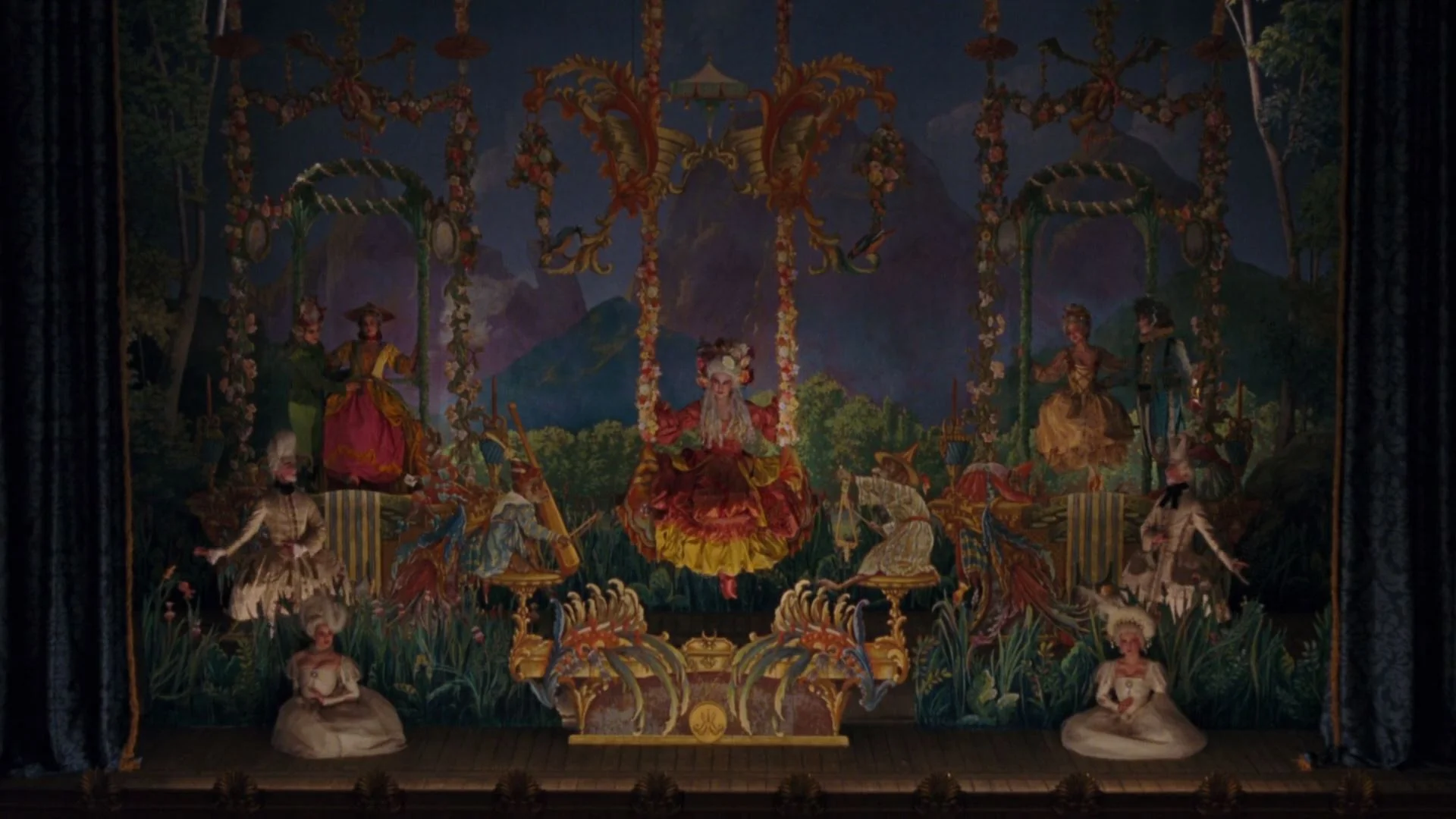



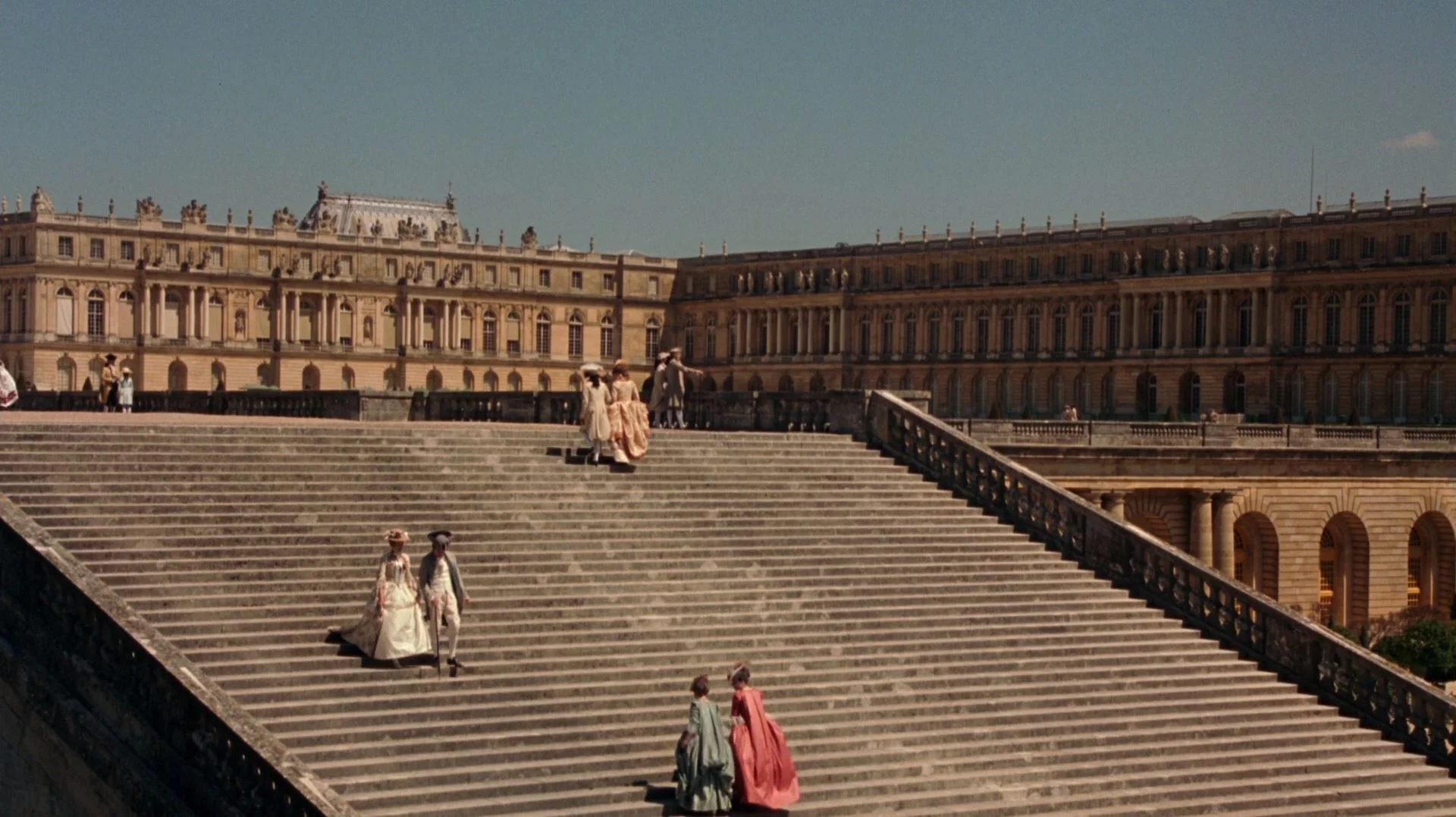












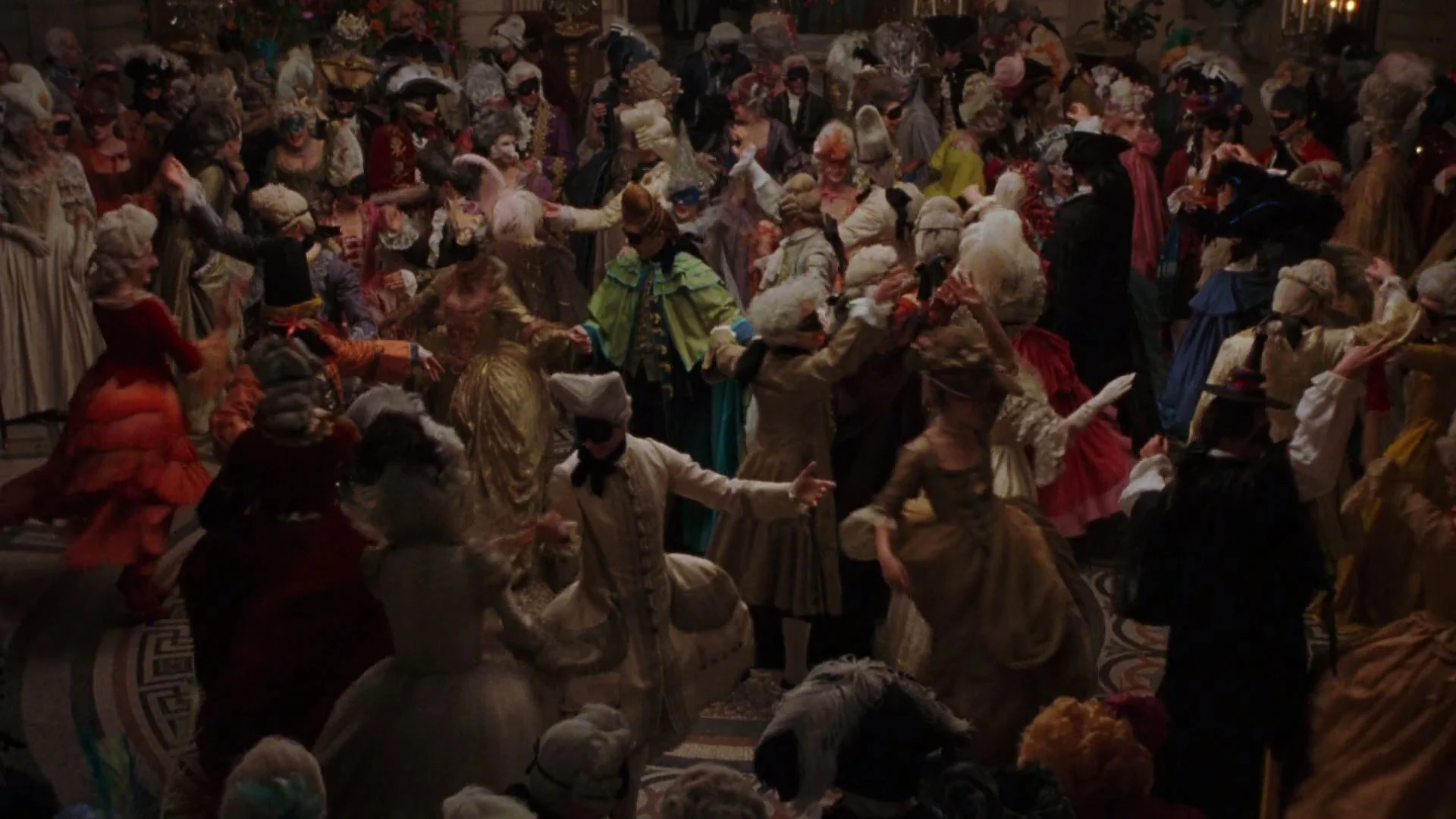












































































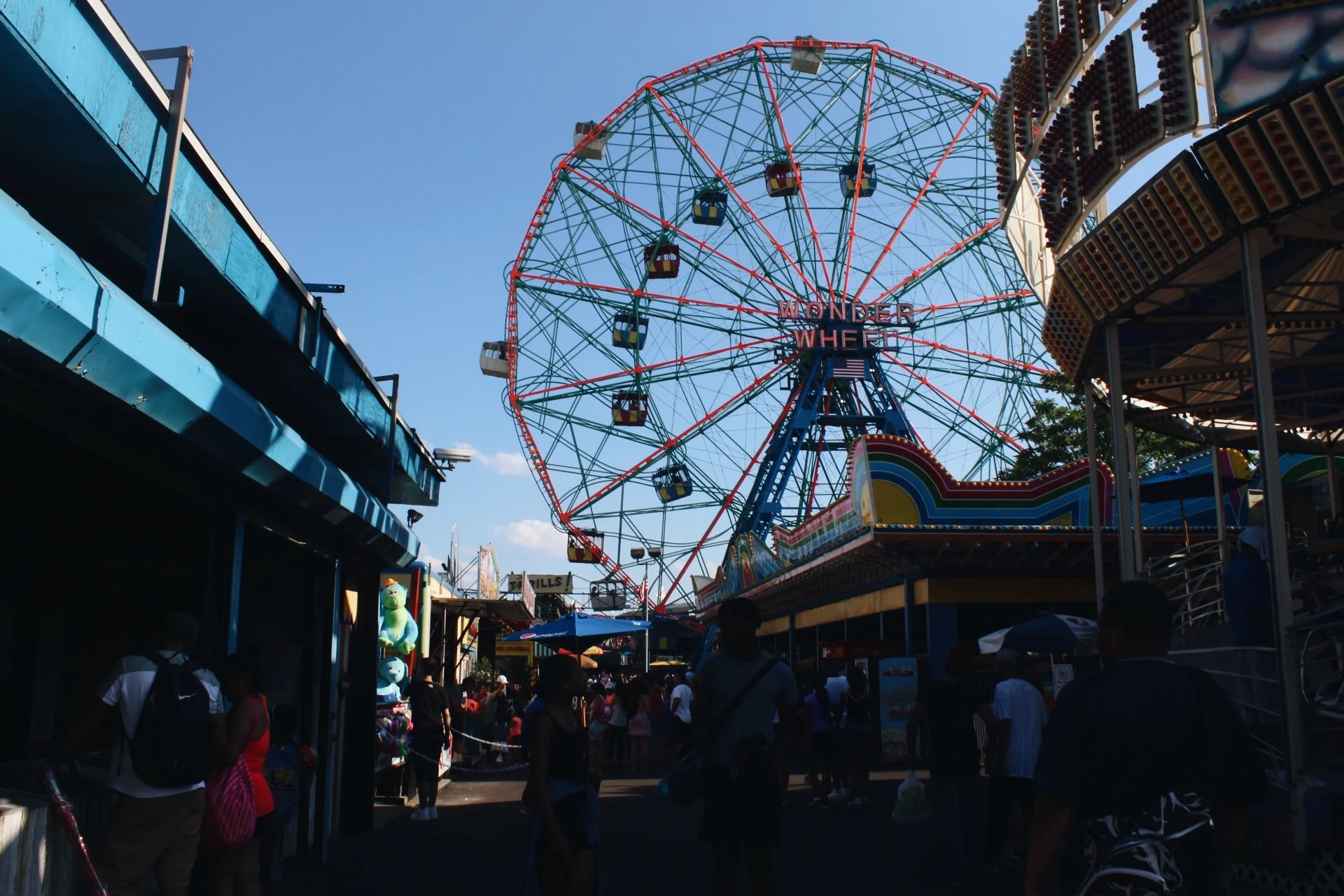












![4437093061_2_1_1[1].jpg](https://images.squarespace-cdn.com/content/v1/5910ed4ad1758ed2aee059bb/1498848307953-0GS3ZZUKTA0Q2H3HBMJD/4437093061_2_1_1%5B1%5D.jpg)




